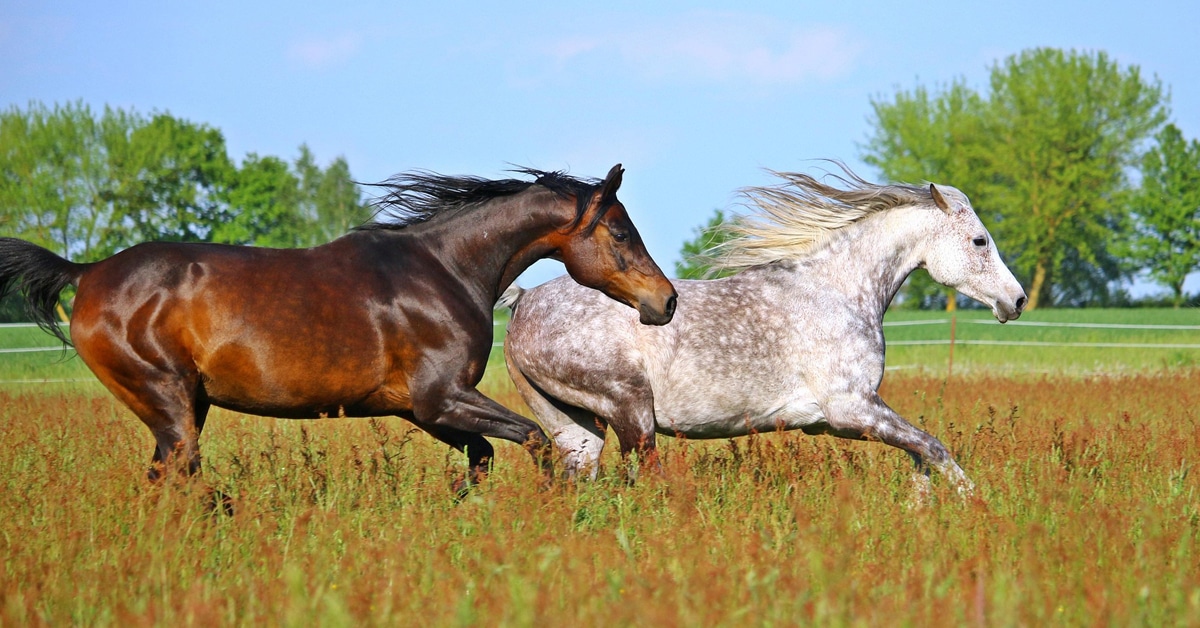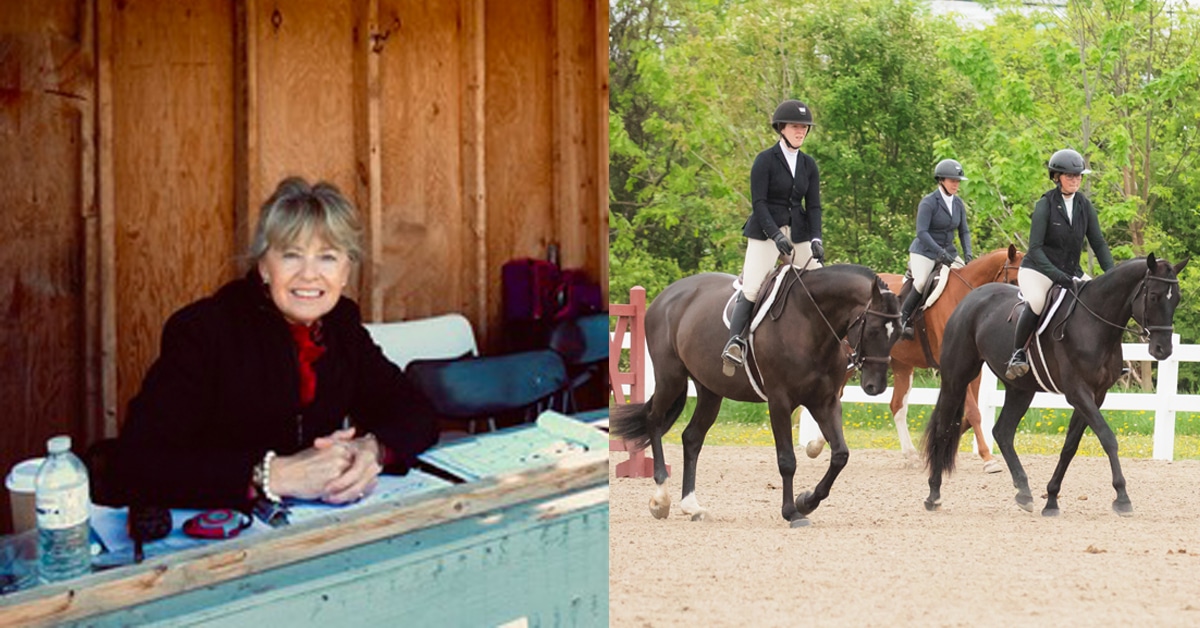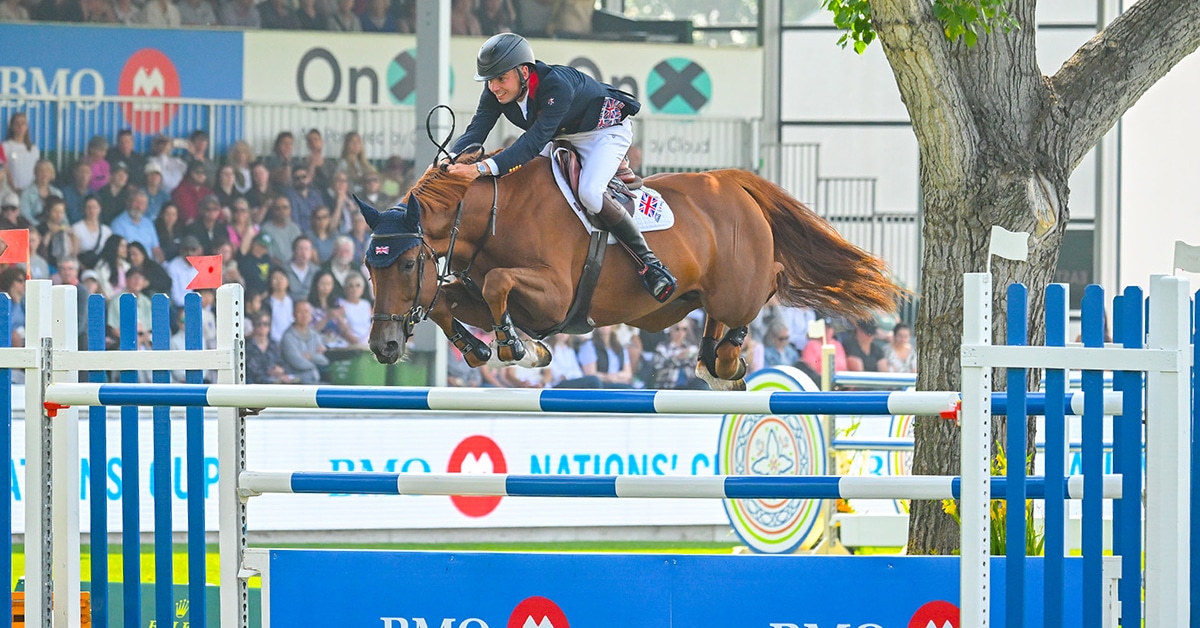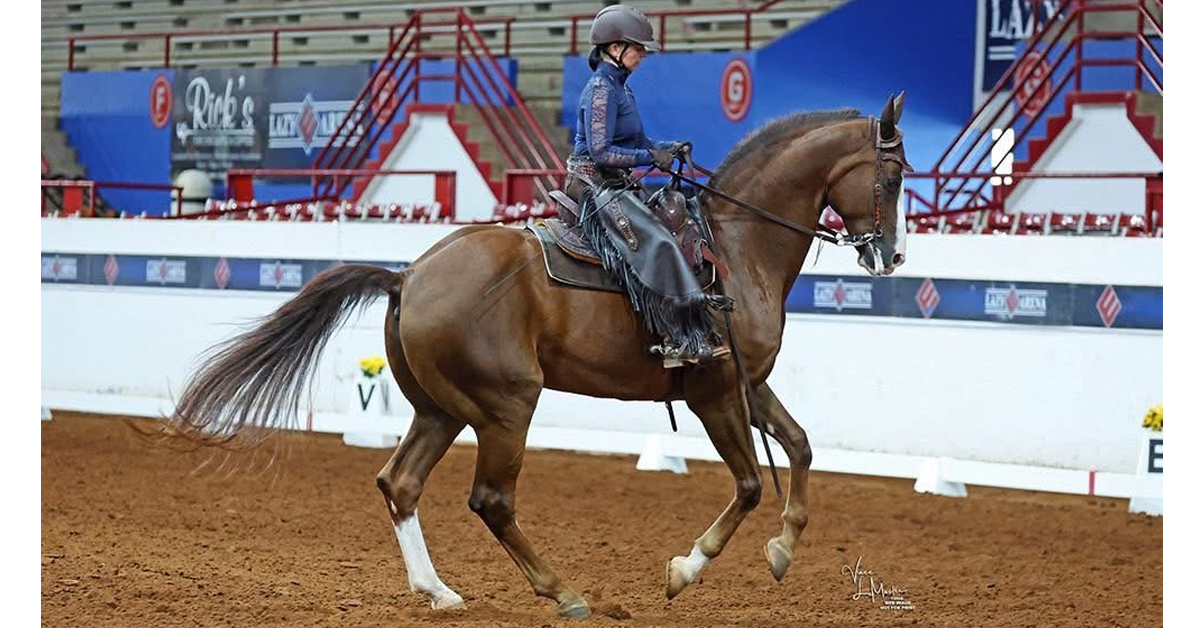No matter what level you ride, make this important exercise part of your warmup, rest periods, and cool-down. I believe that stretching the horse’s head carriage and incorporating ‘long and low’ work to be hugely beneficial and necessary in a horse’s program. One of its biggest benefits is that it allows for complete stretching and muscle development of the horse. It can be incorporated into the warm-up portion of the ride, as well as during the more intense periods of work – which allows the muscles to stretch, relax, and change shape to avoid cramping. All horses will benefit from stretching long and low, as it allows them to feel better in their bodies through relaxation and ensures a complete warm-up and proper movement.
In my program, this type of stretching for the horse definitely applies both to the warm-up and during the ride. In the beginning of the ride, the stretching involved helps the horse to warm-up the large muscles over the back. Working long and low should be incorporated into the rest of the ride in intervals as well, so the horse isn’t always working in a fixed frame. During hard work it allows the muscles a recovery period, thereby allowing the horse to produce better quality work after the rest. I find it equally as beneficial in the cool-down phase, again to stretch the muscles at the end of the ride.
It is important to recognize the difference between long and low and a horse being on the forehand. In a long-and-low frame, the horse will be moving actively behind, with the hind legs moving well up under the body as the horse stretches its neck longer while reaching towards the contact. The way of going should always remain balanced and forward. If the horse were to cease moving the hind legs up underneath itself, possibly as a result of the rider failing to ask the horse to continue to use their hind end, then the horse would lean forward as it lengthens its neck and become less balanced.
A proper long-and-low frame must come from the rider asking the horse to push actively forward from the leg, so that the horse is taking purposeful steps with the hind legs. A responsive horse will then reach forward in response to the aids, lengthening the neck and reaching for the bit. How far they can reach forward depends on the rider’s length of rein and how relaxed the rider remains in their shoulder and elbow. Even with longer reins, a horse may not be willing to reach towards the bit if the rider has a fixed or stiff elbow and shoulder. The rider’s arms must feel elastic in all aspects of riding, but especially if they would like the horse to want to make contact with their hands. Done well, the horse will continue to reach towards the bit and will maintain a contact with the rider’s fingers as they stretch forward.
Using long and low is a skill at which all riders should become proficient. It is a basic fundamental that will be of use throughout a riding career, from the occasional rider through to the Olympic champion.
The Latest










